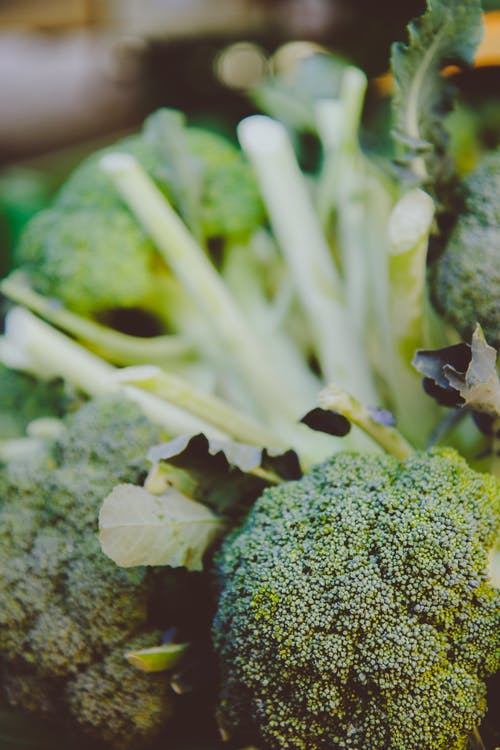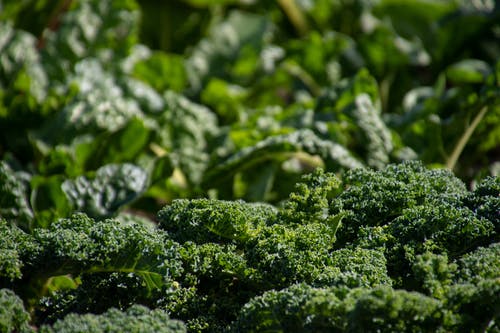Cruciferous vegetables list
Cruciferous veggies are a diverse group of vegetables well known for their healthy benefits. They include broccoli, cauliflower, cabbage, kale, bok choy, arugula, Brussels sprouts, collards, watercress and radishes
What are cruciferous vegetables?
Not only are they rich in vitamins and minerals such as folate and vitamin K , the darker green cruciferous veggies, like broccoli & kale are also are a great source of vitamins A and C and contain phytonutrients , which are plant-based compounds that have been reported to help lower inflammation and reduce the risk of developing cancer. Not a bad reason to start eating them!
Why should you not eat cruciferous vegetables?
We have looked at the great factors of why you should eat them as Cruciferous vegetables are healthy and nutritious. But it is very important to keep in mind that they contain thiocyanates, which can block iodine absorption. So with that in mind it is important that people with thyroid problems should not eat very large amounts of these veggies and should seek medical advice before taking note of all that is listed about these vegetables.

What do glucosinolates do?
Glucosinolates are biologically active compounds found in the Brassicaceae family of plants, including broccoli, cabbage, cauliflower, rapeseed, mustard, and horseradish.
Rather than try to talk like a scientist and explain what they are, I have found this great article that describes the necessary existance of glucosinolates.
“Recent studies have shown beneficial effects of glucosinolates, including regulatory functions in inflammation, stress response, phase I metabolism, and antioxidant activities, as well as direct antimicrobial properties.”
Glucosinolates are secondary plant metabolites that are characteristic of the Cruciferae and related families within the order Capparales. Glucosinolate-containing plants have always made major contributions to the diets of humans and farm animals, and include condiments and relishes (mustard and wasabi), traditional leaf vegetables (cabbage, swede), and crops used as animal feedstuffs (rapeseed, kale, turnip) continue reading…..
Recipes for Cruciferous Vegetables
Broccoli and kale green soup recipe
Ingredients
- 500ml stock , made by mixing 1 tbsp bouillon powder and boiling water in a jug
- 1 tbsp sunflower oil
- 2 garlic cloves , sliced
- thumb-sized piece ginger , sliced
- ½ tsp ground coriander
- 3cm/1in piece fresh turmeric root, peeled and grated, or 1/2 tsp ground turmeric
- pinch of pink Himalayan salt
- 200g courgettes , roughly sliced
- 85g broccoli
- 100g kale , chopped
- 1 lime , zested and juiced
- small pack parsley , roughly chopped, reserving a few whole leaves to serve
Method
- STEP 1 Put the oil in a deep pan, add the garlic, ginger, coriander, turmeric and salt, fry on a medium heat for 2 mins, then add 3 tbsp water to give a bit more moisture to the spices.
- STEP 2 Add the courgettes, making sure you mix well to coat the slices in all the spices, and continue cooking for 3 mins. Add 400ml stock and leave to simmer for 3 mins.
- STEP 3 Add the broccoli, kale and lime juice with the rest of the stock. Leave to cook again for another 3-4 mins until all the vegetables are soft.
- STEP 4 Take off the heat and add the chopped parsley. Pour everything into a blender and blend on high speed until smooth. It will be a beautiful green with bits of dark speckled through (which is the kale). Garnish with lime zest and parsley.
SAUTEED GREENS
Ingredients
Take a big handful of a collection of cruciferous vegetables from your list and prepare to serve. They can accompany any meat, chicken or vegetable pie you so desire.
Instructions
- Sauté 3 cloves of chopped garlic & 1 desertspoon of grated ginger for a few minutes. Then add the chopped stems off all your cruciferous vegetables and a little water and sautee a few minutes. Then add the rest of the greens.
- Continue sauteeing the greens, turning frequently. Add more water if it dries out.
- Add the 1 tblesp Tamari or soy sauce to your taste and continue to saute until softened, about 10 minutes.
- Serve with whole grains such as brown rice or quinoa, adding more soy sauce, as needed.
Hoping you have enjoyed this little venture into the healthy reasons we should know what we eat and were their benefits are.


